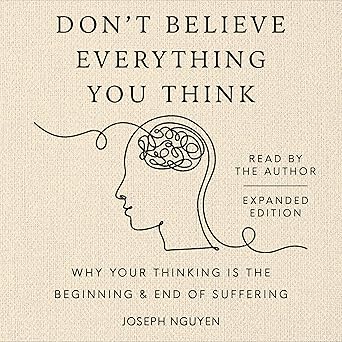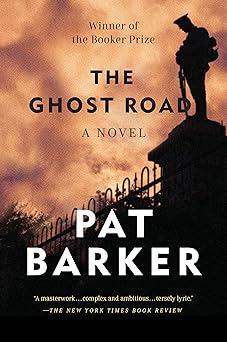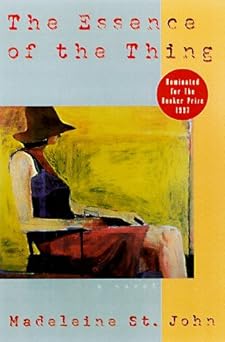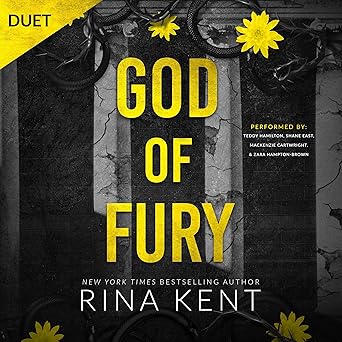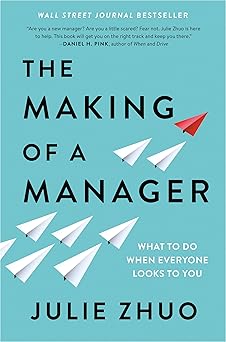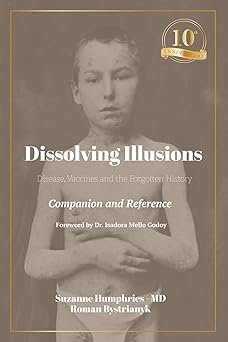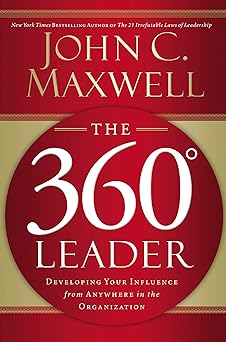
It’s easy to feel stuck, like you’re just going through the motions at work. Maybe you’re not in a leadership position, or perhaps you feel like your voice isn't being heard. I remember a time when I felt exactly like that. I was working on a project, and I had a really good idea that I believed could make a big difference. But when I shared it, it was dismissed. It left me feeling deflated and wondering if my contributions even mattered. But what I’ve learned over the years is that leadership isn’t just about having a title. It’s about influencing others and making a positive impact, regardless of where you are in the organization. This book is all about that – it's a guide for those who want to step up and lead, even when they're not in charge. It acknowledges that many people feel squeezed between their boss, their colleagues, and the people they manage, and it gives practical advice on how to navigate those pressures and become a force for good. It’s about recognizing the power you already have and learning how to use it to create positive change.
This guide focuses on those in the “middle” – those who aren't at the very top, but aren't necessarily managing a team either. It’s for the people who see the challenges, who have good ideas, and who want to make a difference. It shows how to handle tough situations, like dealing with a boss who doesn't listen or working with colleagues who aren't supportive. It's not about criticizing or complaining; it’s about finding ways to influence and guide. It helps you understand what makes people tick and how to connect with them. It provides a framework for understanding the pressures you might feel, the worries that keep you up at night, and gives you the tools to step into your role with confidence. It provides a workbook to help you put what you learn into practice, making it a hands-on experience that encourages reflection and personal growth. Think about those times when you felt your ideas were ignored or your voice wasn’t heard. Imagine if you had a roadmap to navigate those moments and use your influence to create positive change.
Ultimately, this is a book about recognizing your own potential. It's easy to underestimate yourself, to think that you need a certain title or position to be a leader. But the truth is, you already have more influence than you realize. This guide encourages you to embrace that influence, to use it to make a difference in your workplace, and to step into your role as a significant influencer, even if a promotion isn't on the horizon. It’s about finding the opportunities to make a difference, regardless of your position. It's a reminder that leadership isn’t about power or control; it’s about inspiring others and creating a positive impact. It's a call to action – a chance to step into your potential and become the leader you were meant to be.
I’m often asked how to make a difference when you feel like you’re just a small part of a big machine. It's a feeling I know well. Years ago, I worked on a team where I truly believed I had an idea that could have helped us all. I spent hours crafting it, excited to share it, convinced it would make a real difference. But when I brought it up, it was brushed aside. I felt so discouraged, like my effort didn’t matter. It made me question my ability to contribute and whether my voice even had a place in that environment. That feeling of being unheard, of having your efforts diminished, it can be really tough to shake. It’s easy to retreat, to just go through the motions, to accept that you can't really change anything. But what I’m here to tell you is that you absolutely can. You have the power to influence and to create positive change, regardless of your job title or where you sit in the hierarchy. This is a guide for those who want to learn how to do just that. It's not about waiting for permission or a promotion; it’s about recognizing the power you already possess and learning how to use it for good.
This is especially helpful for those of us who feel like we’re in the middle – not quite at the top, but not directly managing anyone either. It’s for the people who see the problems, who have suggestions, and who want to make things better. Sometimes, those in the middle feel squeezed, pulled between different demands and expectations. It can be hard to navigate those pressures and to feel like you're making any progress at all. This offers tools to understand those pressures, to find ways to connect with your colleagues and your superiors, and to influence decisions in a positive direction. It's about learning how to communicate effectively, how to handle difficult conversations, and how to build relationships that support your goals. It's not about criticizing or complaining; it’s about finding constructive solutions and guiding others towards them. The inclusion of exercises is particularly helpful because it’s not enough to just read about these things – you need to practice them. It pushes you to think about your own experiences and to develop strategies for dealing with specific challenges.
Ultimately, this is a book about believing in yourself. It’s easy to fall into the trap of thinking that leadership requires a certain position or a specific set of qualifications. But the truth is, leadership is about inspiring others and making a positive impact – and you already have the capacity to do that. This offers a way to embrace your potential, to step into your role with confidence, and to become a force for good in your workplace. It’s a reminder that even small actions can make a big difference, and that everyone has the power to create positive change. It’s a call to action – a chance to step into your potential and to become the leader you were always meant to be. It’s about recognizing the opportunity to contribute, to inspire, and to make a difference, no matter what your title might be.
Rating: 5.0 / 5.0
It's a really thoughtful guide for anyone feeling a little lost or unsure about their place at work. I think many of us have felt that way – like our ideas aren’t being heard, or that we’re stuck in a role with little influence. This offers a gentle and encouraging path forward, showing how to step up and make a difference even without a formal leadership position. It’s not about being loud or demanding; it's about understanding people, communicating well, and finding ways to guide situations positively. The practical exercises are a really nice touch, helping you put what you learn into action and work through your own challenges. It’s a book about recognizing your own power and potential, and it really offers a compassionate roadmap for anyone wanting to make a positive impact on their workplace, regardless of their role.
